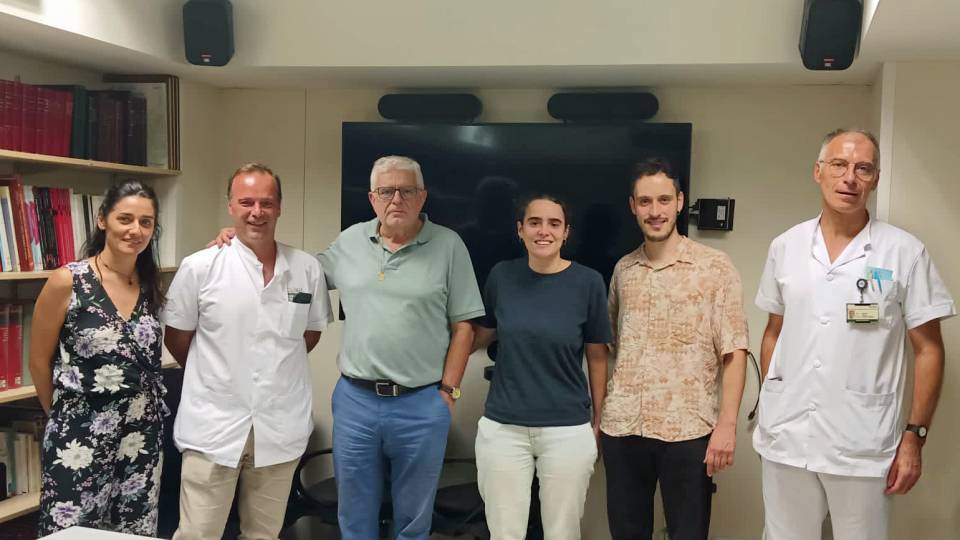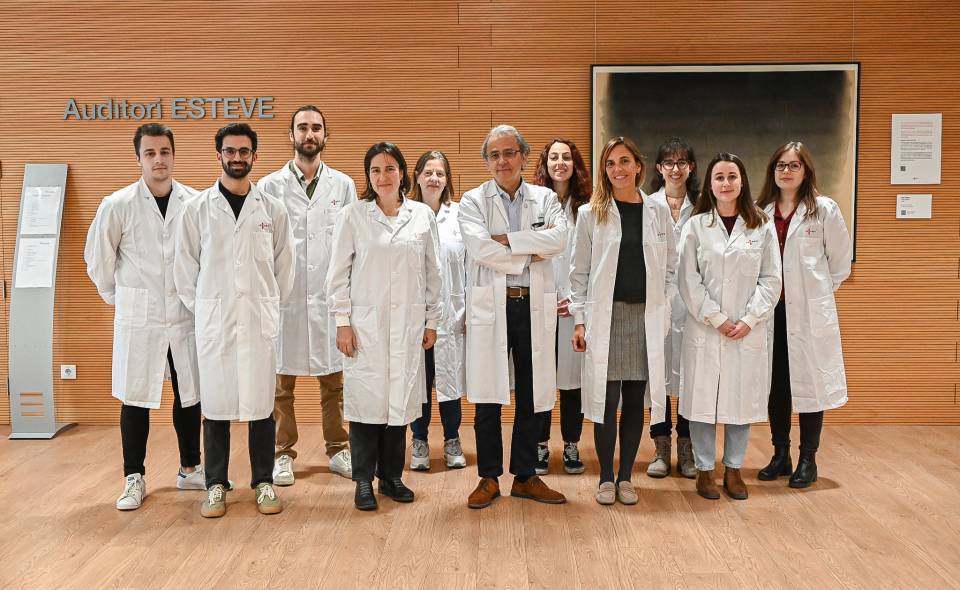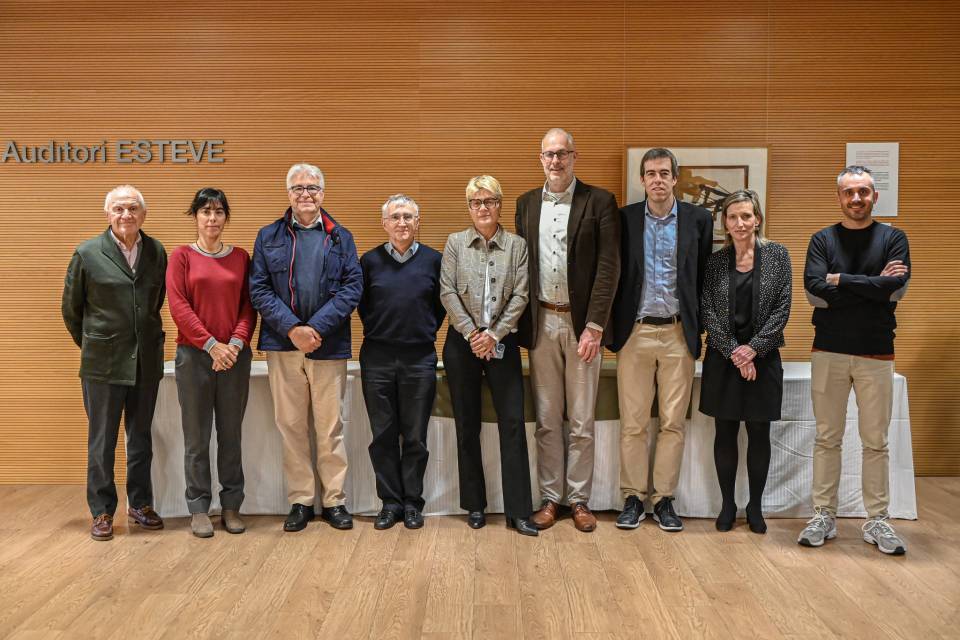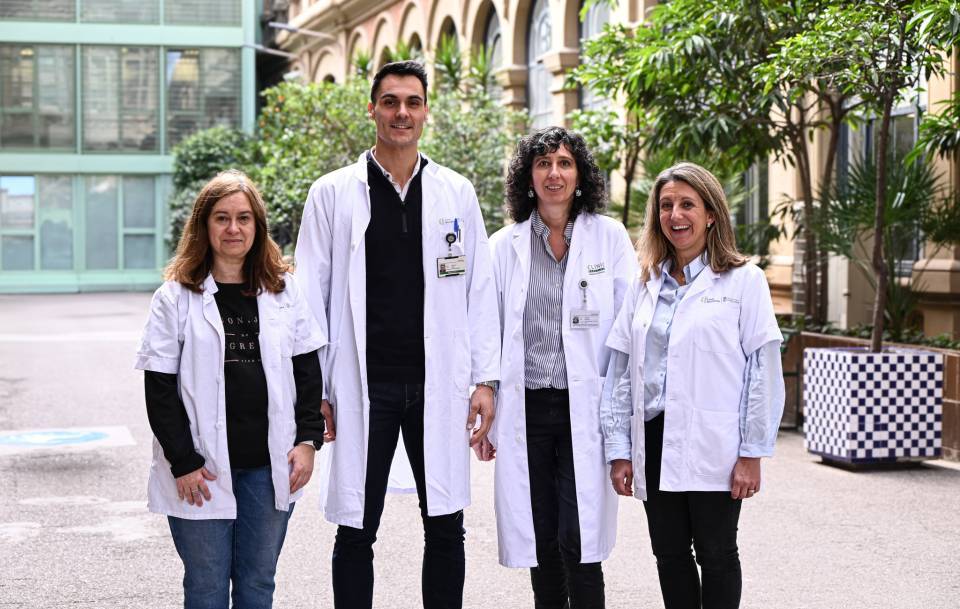Animal models of respiratory distress syndrome do not faithfully reproduce the characteristics of the disorder in humans, which hinders the application of findings made in the laboratory to clinical practice. “Many of the stimuli used to damage the lung tissue in these models, such as the intravenous administration of oleic acid or endotoxins, have no relation to the causes of the human disease”, says Enric Barbeta, a postdoctoral researcher in the IDIBAPS group Applied research in infectious respiratory diseases and critically ill patients, led by Antoni Torres. “This is why we set out to create a porcine model induced by the two most common risk factors in patients: pneumonia due to bacterial infection and lung injuries caused by mechanical ventilation”.
According to the results of the study, published in the journal Critical Care, the animals developed hypercapnia, an increase in the partial pressure of carbon dioxide in the blood caused by a lower frequency of breathing, despite mechanical ventilation support. They also presented disorders of blood oxygenation, reduction in the volume of lung inflation and edema or fluid in the lungs. Finally, the bacterial infection caused cardiovascular dysfunction, lung inflammation and damage to the alveoli, the small sacs located at the ends of the bronchioles where oxygen and carbon dioxide are exchanged with blood.
“Given that all these manifestations were maintained throughout the entire 96-hour experiment, and since they are also highly similar to those presented by the patients, we believe that our model is a good one for studying acute respiratory distress syndrome”, says Ana Motos, one of the main authors of the study, along with Barbeta. “In particular, [it is a good model for studying] the effects of mechanical ventilation, since the animals to which this support was applied developed serious respiratory complications. In fact, these complications are also observed in patients with acute respiratory distress syndrome and can be fatal”.
Extracorporeal membrane oxygenation or ECMO is an alternative for patient care. This mechanical ventilation system oxygenates and cleans the blood without intervening in the lungs, thereby supporting their recovery. “In the coming months, working together with Hospital Clínic Barcelona’s Surgical Intensive Care Unit, our group will start a study with our porcine model to evaluate the benefits of applying the ECMO system to acute respiratory distress syndrome. We hope that the results will allow progress in developing protection and treatment strategies for this disease”, conclude Carlos Ferrando and Antoni Torres, who also participated in and led the study.
Reference article
Barbeta E, Arrieta M, Motos A, Bobi J, Yang H, Yang M, Tanzella G, Di Ginnatale P, Nogas S, Vargas CR, Cabrera R, Battaglini D, Meli A, Kiarostami K, Vázquez N, Fernández-Barat L, Rigol M, Mellado-Artigas R, Frigola G, Camprubí-Rimblas M, Ferrer P, Martinez D, Artigas A, Ferrando C, Ferrer M, Torres A. A long-lasting porcine model of ARDS caused by pneumonia and ventilator-induced lung injury. Crit Care. 2023 Jun 16;27(1):239. doi: 10.1186/s13054-023-04512-8.




